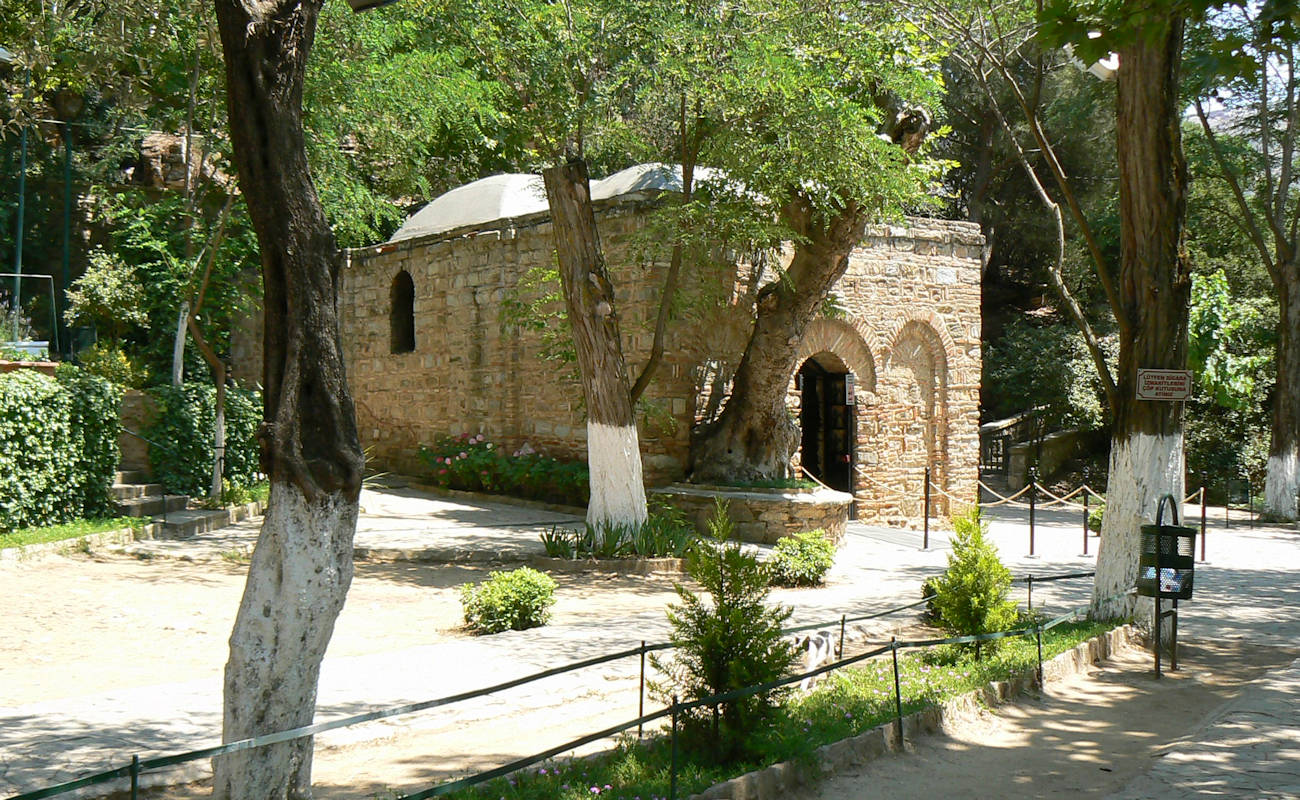
The House of the Virgin Mary: A Sanctuary of Faith and Serenity
Nestled amidst the picturesque landscapes of Turkey, high atop the tranquil slopes of Mount Koressos, lies a place of profound spiritual significance the House of the Virgin Mary. This humble stone dwelling, hidden away from the bustling world, is believed by many to be the final earthly residence of the Virgin Mary, the mother of Jesus Christ. This article takes you on a journey to explore the history, significance, and allure of the House of the Virgin Mary.
The House of the Virgin Mary Historical Significance
The House of the Virgin Mary is a place where history and faith converge. According to Christian tradition, it is the very place where the Virgin Mary, accompanied by the apostle Saint John, sought refuge and lived out her remaining years following the crucifixion of Jesus. This belief is deeply rooted in early Christian texts and traditions. In the 19th century, the discovery of a document known as the “Life of the Virgin” provided further historical context for this sacred site.
A Place of Pilgrimage
The House of the Virgin Mary has been a pilgrimage destination for centuries. It draws faithful Christians from all over the world who seek to connect with the spiritual legacy of the Virgin Mary. Pilgrims come to pray, reflect, and seek solace in the serene surroundings of this sacred spot. The atmosphere here is one of profound tranquility and spirituality, making it an ideal location for contemplation and meditation.
The House of the Virgin Mary Architectural Features
The house itself is a modest stone structure, in keeping with the simplicity and humility often associated with the Virgin Mary. It consists of several small rooms, including a central chamber believed to be where Mary lived. The interior is adorned with Christian icons and symbols, creating an atmosphere of reverence and devotion.
Spiritual Significance
For Christians, the House of the Virgin Mary holds immense spiritual significance. It is a place where the connection between the divine and the earthly realm is palpable. Visitors often leave notes, prayers, and messages of hope, seeking intercession and guidance from the Virgin Mary. The energy of faith and devotion is tangible, making it a place of profound spiritual experiences for many.
Interfaith Interest
While the House of the Virgin Mary is primarily a Christian pilgrimage site, it also attracts people of various faiths and backgrounds. The universal themes of love, faith, and motherhood associated with Mary make it a place of interfaith interest and dialogue. Visitors from different walks of life can find inspiration and common ground in the messages of peace and compassion represented here.
Preservation and Care
Efforts have been made to preserve the House of the Virgin Mary for future generations. Conservation measures and ongoing maintenance ensure that this sacred site continues to provide a place of solace and spiritual nourishment. The surrounding area also includes a chapel and a natural spring believed to have healing properties.
The House of the Virgin Mary In Conclusion
The House of the Virgin Mary stands as a sanctuary of faith and serenity, where the whispers of devotion and the echoes of history come together. It is a testament to the enduring power of faith and the universal appeal of spirituality. Whether you are a pilgrim seeking a deeper connection with your faith or a traveler in search of a unique and sacred experience, the House of the Virgin Mary offers a profound and unforgettable journey into the heart of religious history and devotion.
